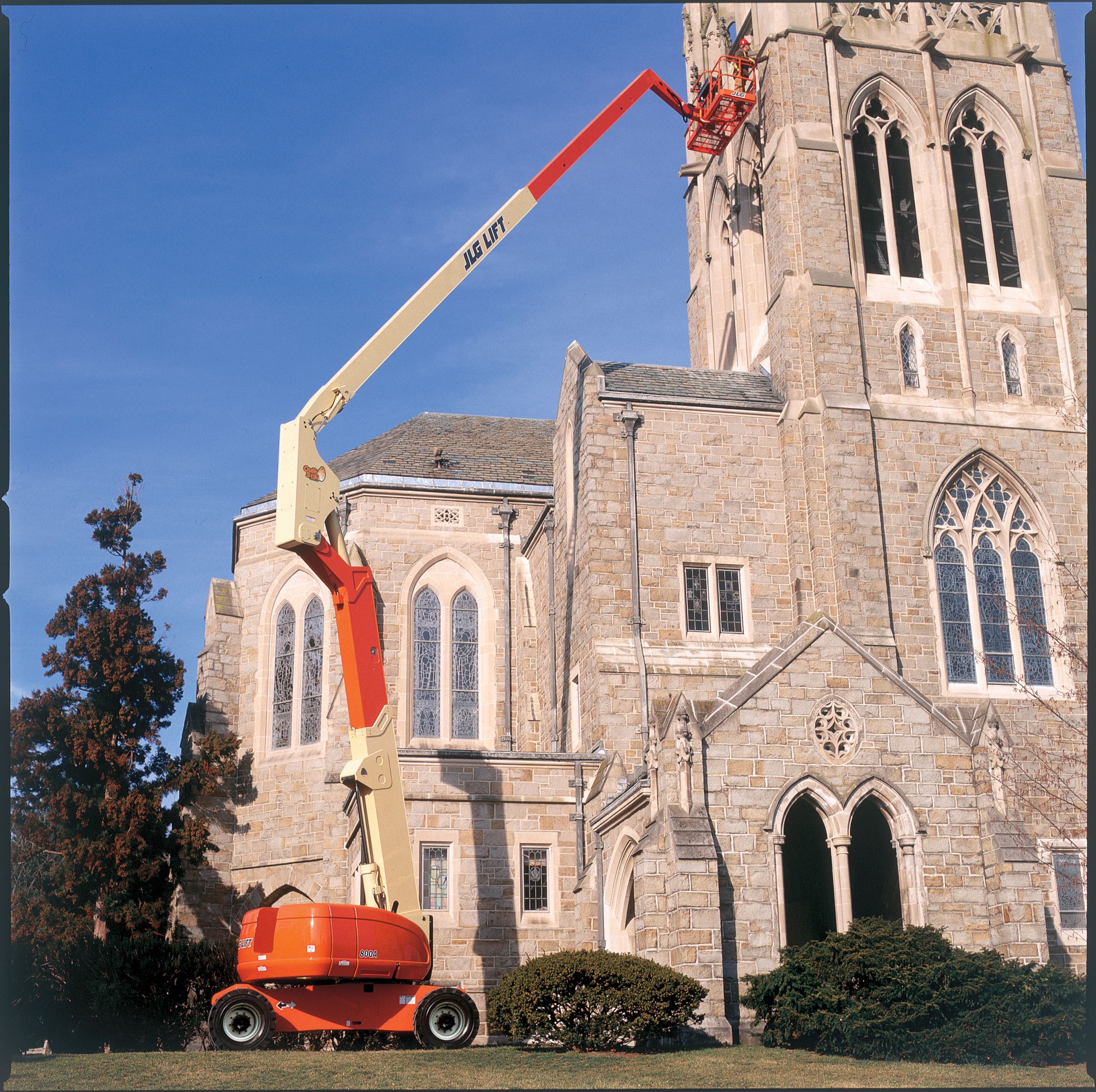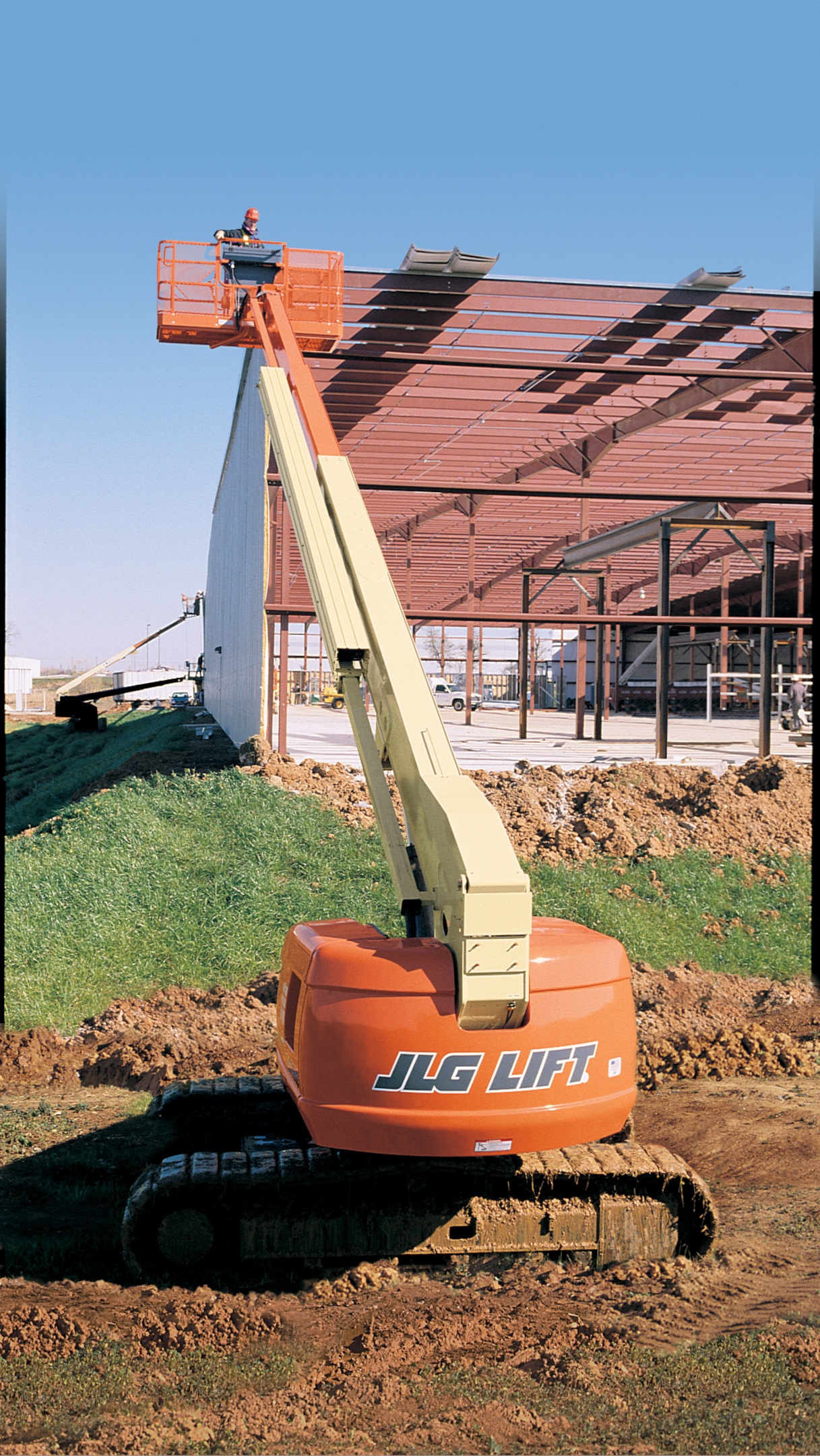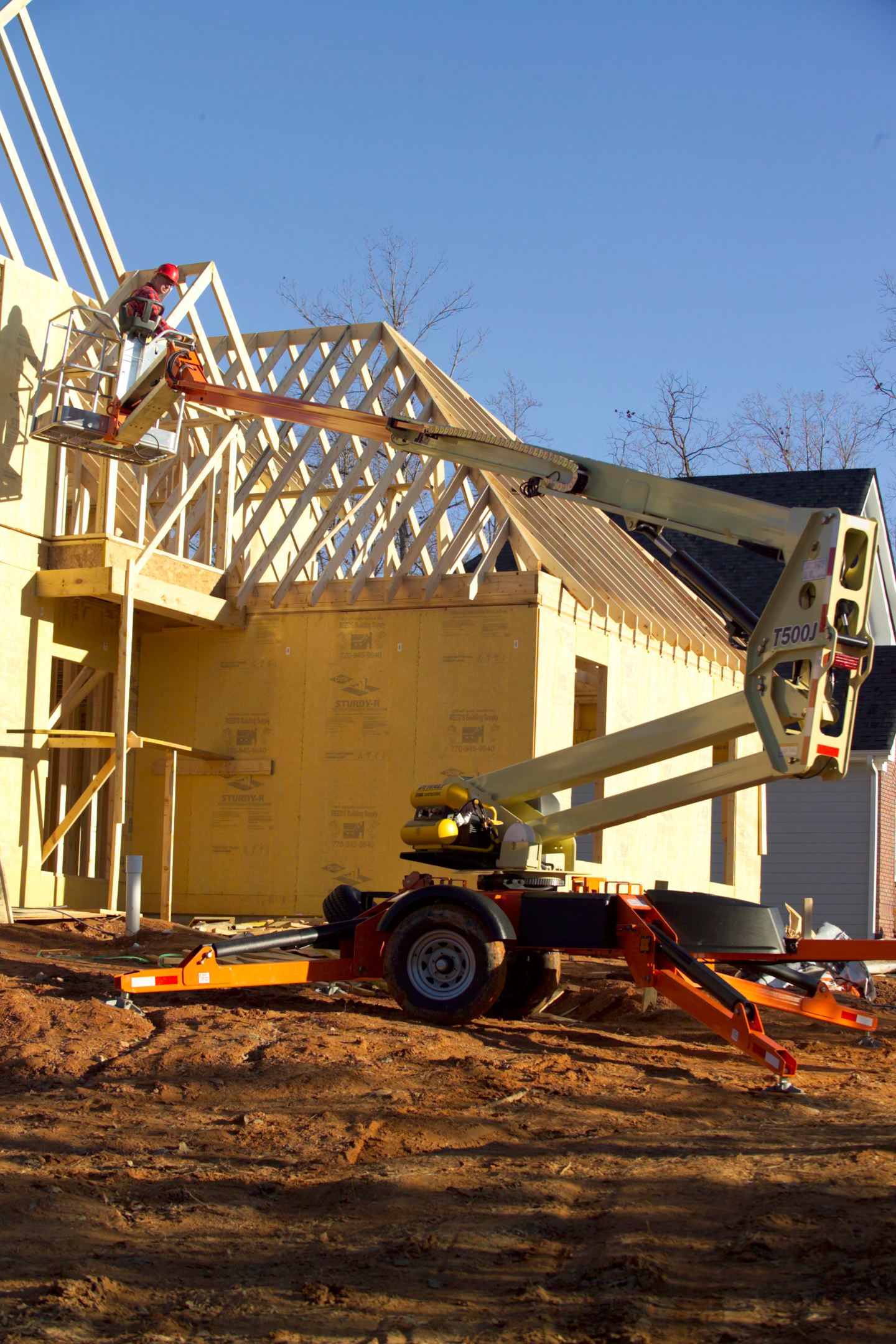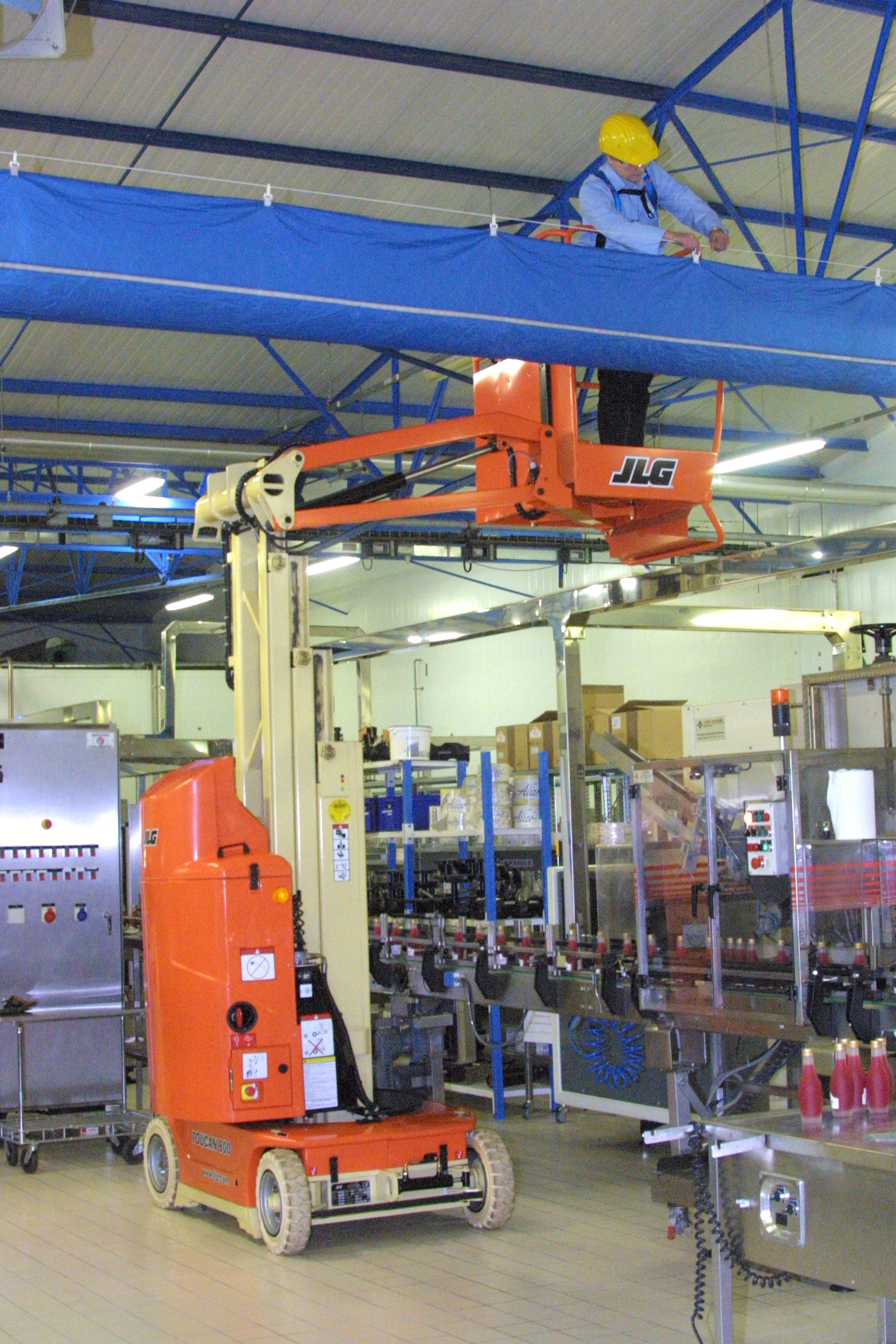If you’re wondering how to operate a boom lift, look no further. Within minutes, get the lowdown on essential steps from inspection to lift control, all distilled into a no-frills guide. You’ll not only learn the basics but also the safety practices crucial for smooth operation. Start here and you’ll be on your way to mastering boom lift operation.
Key Takeaways
-
Boom lifts, also known as cherry pickers, come in various types such as telescopic, articulating, and towable, each designed for specific tasks and environments, featuring essential components for maneuverability and stability.
-
Safety during boom lift operation hinges on pre-use inspections, proper evaluation of work area and ground conditions, adherence to safety equipment usage, and understanding emergency procedures for incident response.
-
Operators of boom lifts require certified training and must engage in regular retraining and evaluations, while maintaining and troubleshooting the equipment consistently to ensure smooth, safe operation and to minimize the risk of accidents.
Understanding Boom Lifts: Types and Components

Boom lifts, also known as cherry pickers, are high lift machines used in a variety of commercial and industrial applications. They come in different types, each designed to cater to specific tasks and environments. Some of the most boom lifts include:
-
Telescopic boom lifts, with their straight extendable arm, are ideal for tasks that require long reach, such as electrical repairs or tree trimming.
-
Articulating boom lifts are known for their ‘knuckle’ feature that enables workers to access tight and hard-to-reach areas.
-
Towable boom lifts offer easy transportability and are often used at different locations, providing convenient setup and deployment.
Each boom lift is composed of key components that work together to perform its functions. At its core, every boom lift consists of a base structure, an actual boom, and a bucket or working platform, which are the fundamental parts of the lift. The ground controls and the platform control console are essential for maneuvering the boom lift, with the latter enabling the operator to control the machine while airborne. The boom lift’s reach and range of motion are enhanced by a jib, while the drive wheels provide the power needed for the machine to move.
Pre-Operation Inspection and Preparation
Just as a clean canvas and well-maintained brushes are crucial for creating a masterpiece, a thorough pre-operation inspection is necessary for safe and efficient operation of a boom lift. This includes:
-
Checking for leaks
-
Checking for visible damage
-
Ensuring all operating and emergency controls are functional
-
Inspecting the basket for any damage to railings or the platform floor
After the inspection is finished, the lift can now be prepared for operation. This involves:
-
Checking fluid levels
-
Inspecting components
-
Evaluating work area and ground conditions
-
Setting up safety equipment
Each of these steps plays a vital role in ensuring safe and efficient operation of the boom lift.
Checking Fluid Levels and Components
Maintaining a boom lift involves not just cleaning, but also regular checks and inspections. Here are some key areas to focus on:
-
Check the hydraulic system’s integrity, ensuring there are no fluid leaks, verifying proper fluid levels, and making necessary repairs if the system pressure is not at the ideal level.
-
Perform engine checks, including maintaining correct fluid levels and checking for any issues with the engine.
-
Inspect the battery in electric-powered lifts, checking its operational status and ensuring it is functioning properly.
-
Regularly clean the lift to remove any dirt or debris that may affect its performance.
By following these maintenance steps, you can ensure that your JLG boom lift operates smoothly and safely.
Routine fluid level checks should include the hydraulic fluid when the machine is fully retracted, the coolant levels, and oil levels using a dipstick. Moreover, a thorough components inspection should include looking for worn parts on cables and hoses, checking for cracked welds, and ensuring pivot pins are secure.
Evaluating Work Area and Ground Conditions
The stability of a boom lift is highly dependent on the condition of the ground it operates on. It is vital to assess ground conditions and the work area before operating the machine. Boom lifts should always be operated from a stable, level surface to prevent tipping or overturning. The work zone should be free of hazards such as drop-offs, debris, and obstructions that could affect stability.
Operators must also inspect the work area for live cables and ensure that the boom lift maintains a proper distance from power lines, adhering to Minimum Safe Approach Distances that vary with the voltage of the cables.
Setting Up Safety Equipment
Safety equipment plays a critical role during the operation of heavy machinery such as a boom lift. Guardrails on boom lifts are critical for preventing falls and keeping objects from dropping off the platform. They feature anchor points for lanyards, thus providing a secure space for operators. Operators must be secured within the platform using a safety harness or restraining belt.
Moreover, when using aerial lifts, fall protection systems should be engaged and outriggers or wheel chocks used to stabilize the machinery before operating the boom lift, particularly on inclines or uneven surfaces. An aerial work platform can provide a safe and efficient way to reach elevated work areas.
Operating the Boom Lift: Step-by-Step Guide

Learning how to operate a boom lift may seem daunting at first, but with the right knowledge and practice, it becomes second nature. The first step in operating a boom lift is starting the engine and engaging the controls. This typically involves activating the lift’s power system, usually by turning a key or pressing a start button.
With the engine now running, the platform and boom arm can be maneuvered.
Starting the Engine and Engaging Controls
Before starting the engine, it is important for the operator to check that the parking brake is engaged to prevent unintended movement. To operate the boom lift from the ground, the operator selects the ground control mode, then pulls the emergency stop button out and starts the machine by holding the bottom switch up.
Engaging the boom lift controls typically involves activating the lift’s power system, usually by turning a key or pressing a start button. The platform often has a footswitch for positioning and driving the lift, which operates auxiliary controls from the platform.
Maneuvering the Platform and Boom Arm
Once the engine is started and the controls are engaged, the next step is to maneuver the platform and boom arm. The control panel in the work platform includes a foot pedal that activates the controls and must be pressed during operation, but prolonged pressing will stop the machine.
Operators utilize the hydraulic control system to extend, retract, and rotate the boom arm, involving careful coordination for accurate positioning. The boom arm must only be extended or retracted from a stable base to maintain the lift’s stability.
Navigating Obstacles and Maintaining Stability
Mastering navigation around obstacles and maintaining stability are key skills for a boom lift operator. To minimize the risk of tipping a boom lift, operators should:
-
Refer to the manual to see the range of motion the machine can lift a specific weight
-
Survey the job site beforehand
-
Test the terrain for solidity
-
Avoid exceeding the maximum weight and range
A clear area around the base and circumference of the lift must be maintained to prevent accidents. Movement of the boom lift should be done in accordance with the manufacturer’s guidelines, typically when the lift is retracted, to decrease the risk of injury. Operators should refrain from climbing outside the basket or sitting on the edges, as doing so can compromise the lift’s stability and safety.
Safe Practices and Emergency Procedures

Just like any other heavy machinery, safety is of utmost importance when operating boom lifts. Operating a boom lift safely involves adhering to a host of safe practices and emergency procedures, including:
-
Clear communication
-
Maintaining a safe distance from power lines
-
Proper usage of safety features
-
Meeting training requirements
Following these practices not only ensures the safe operation of the boom lift but also contributes to the overall safety of the worksite.
Communication and Clear Signals
Clear communication is essential for the safety and efficiency of boom lift operations, particularly when the operator’s visibility is limited. Operators should use standardized hand signals to communicate with ground personnel for coordinating boom lift movements and signaling potential hazards.
Radios provide a reliable means of communication between the operator and ground personnel when hand signals are impractical due to distance, visibility, or noise.
Adverse Weather Conditions and Safe Distance
Operating boom lifts in windy conditions is hazardous due to the risk of the lift being knocked over. Hence, it is advised to avoid using them when winds are strong and to always refer to the user manual for specific wind restrictions.
Ensuring that the boom lift does not exceed its maximum weight capacity and range, and that all personnel utilize personal protective equipment (PPE) are critical measures to prevent the machine from tipping and safeguarding the operator.
Emergency Procedures and Shut-Down
Emergencies can occur at any time, and it is crucial to be prepared. If a boom lift contacts a power line, operators should remain on the equipment, keeping others at bay until the power line is de-energized. In the event of an extreme emergency requiring an exit from the lift, such as a fire, the operator should jump clear, ensuring no contact with the lift and ground simultaneously.
It is also critical for operators to be familiar with the following:
-
The location and operation of the emergency stop button on their boom lift
-
The manual descent system that is essential for lowering the lift safely during a power outage or system failure
-
The need to remove the ignition key to prevent unauthorized use and secure the boom lift after an emergency or job completion.
Training and Certification Requirements

Operating a boom lift entails more than just familiarity with the controls; it necessitates appropriate training and certification. In order to obtain boom lift certification, individuals need to undergo a training course, successfully pass a written test, and gain hands-on experience in a practical setting. This comprehensive process ensures that operators are well-prepared and competent in their skills. OSHA mandates that lift equipment operators renew their certifications every three years or sooner if unsafe practices are exhibited or changes to the equipment or worksite occur. ANSI standards also recommend regular retraining and evaluation every three years for aerial lift operators.
The renewal process for aerial lift certifications includes:
-
Updating operators on the latest safety regulations
-
Providing a refresher on safe operation practices
-
Licenses being valid for three years post-training
Employers must ensure that their construction lifts workers receive proper training and hold the relevant safety certifications to minimize the risk of accidents. Regular safety training is essential for operators to maintain safe distances from power lines and to respond correctly in case of emergencies.
Boom Lift Maintenance and Troubleshooting
Consistent maintenance is key in operating a boom lift. Consistent maintenance of boom lifts is not only crucial for safety but also for reducing operating costs by averting major repairs; this includes inspecting fluid levels, hoses, fasteners, and implementing cleanliness strategies. Maintaining the hydraulic system is vital, including checks on fluid levels and seal integrity, ensuring secure hydraulic lines, and safeguarding against system failures due to contamination.
Troubleshooting involves addressing common issues such as cylinder mishaps, defective mechanisms, and conducting thorough inspections to prevent accidents. Manufacturers’ instructions should guide emergency lowering procedures.
Qualified professionals must perform operations and maintenance, adhering to safety standards, minimizing hazards, and ensuring the boom lift is stable and secure to prevent tip-overs and other safety incidents.
Summary
Operating a boom lift is a task that requires knowledge, skill, and strict adherence to safety protocols. From understanding the different types of boom lifts and their components, to conducting thorough pre-operation inspections, to effectively maneuvering the machine and navigating through obstacles, each step is crucial to ensuring safe and efficient operation. Furthermore, regular maintenance, troubleshooting, and adhering to training and certification requirements are vital to not only operate the boom lift but also to ensure the overall safety of the worksite. As we conclude, remember that the key to mastering the operation of a boom lift lies in continuous learning, practice, and most importantly, prioritizing safety above all else.

